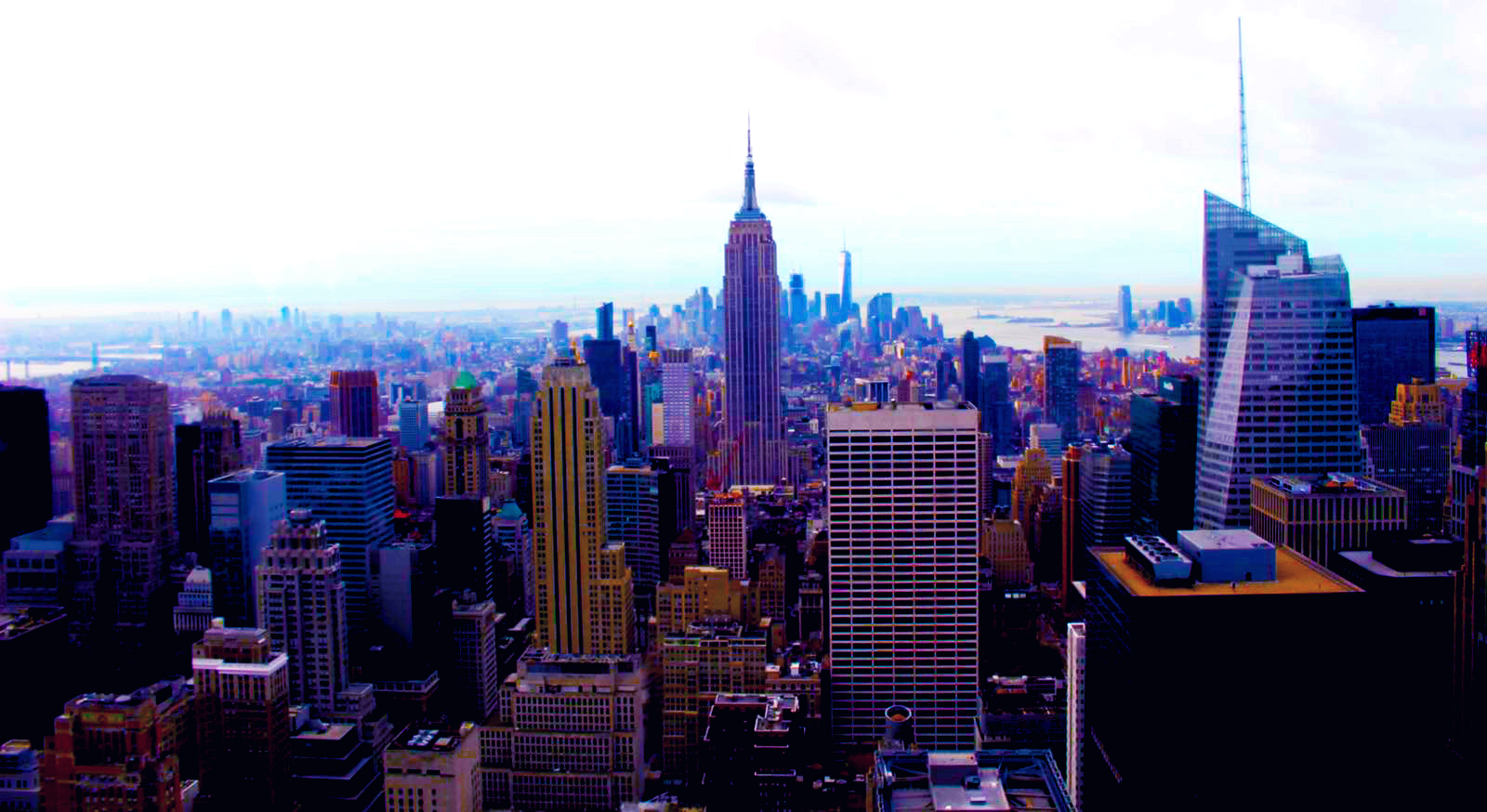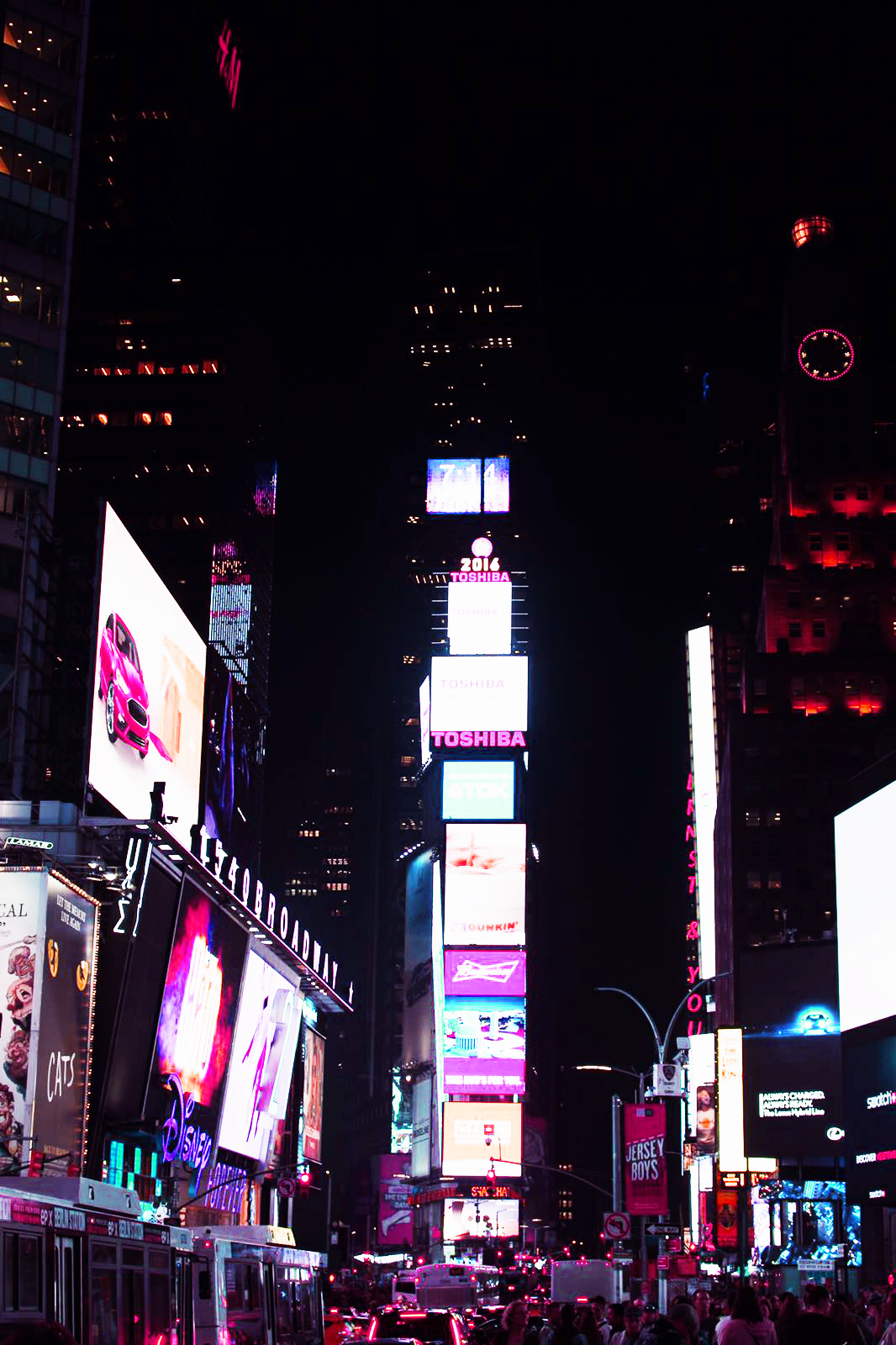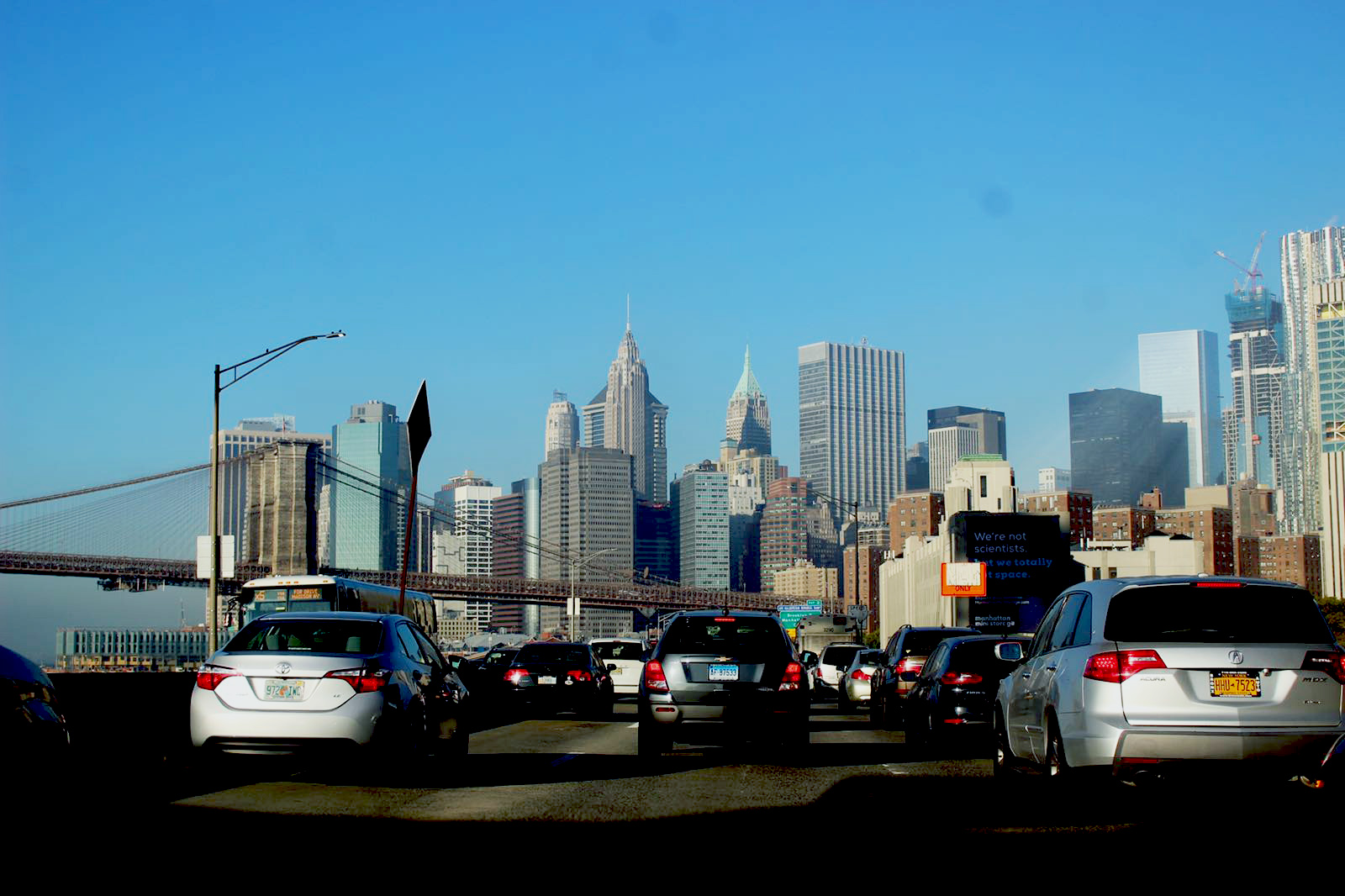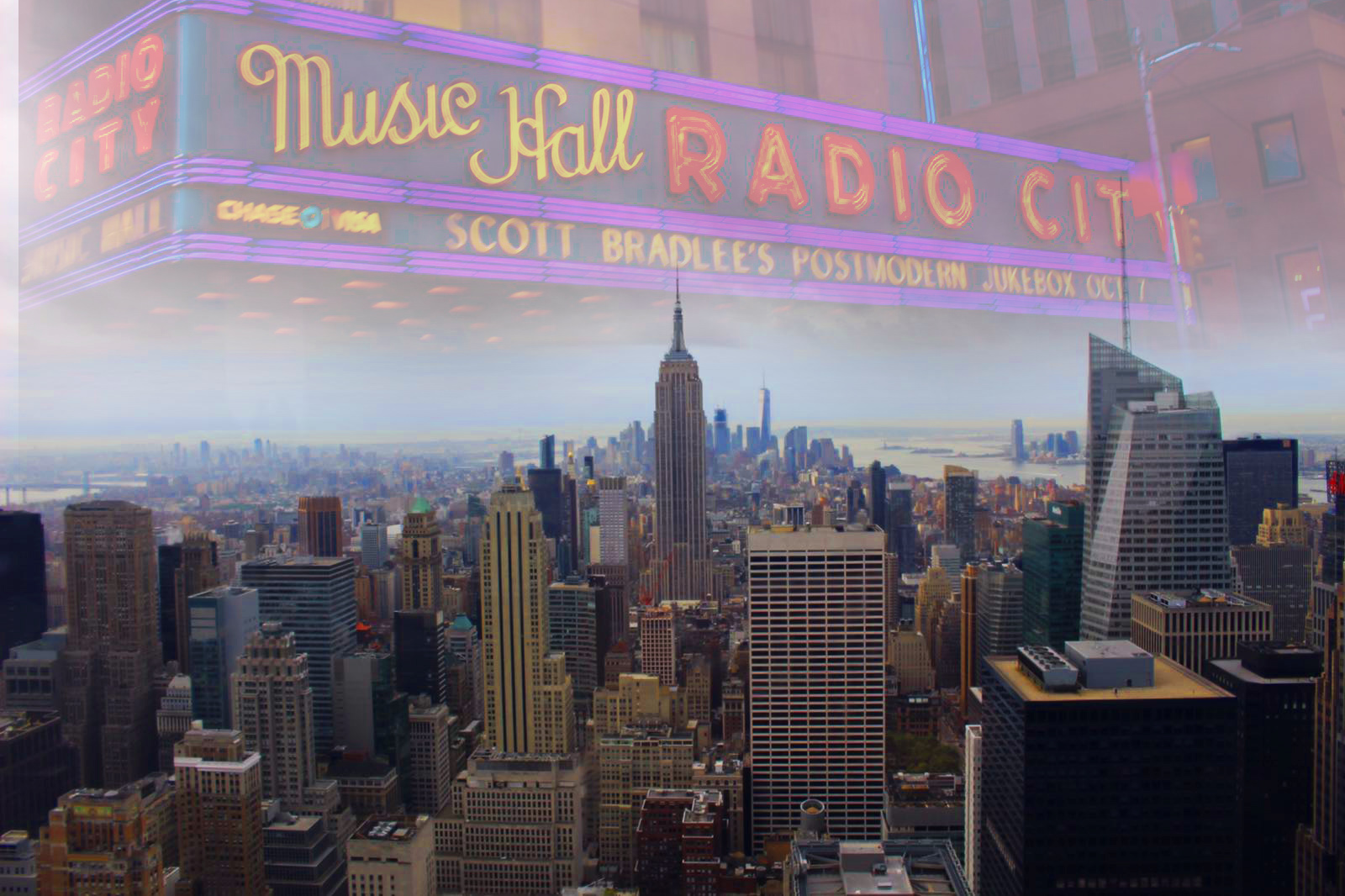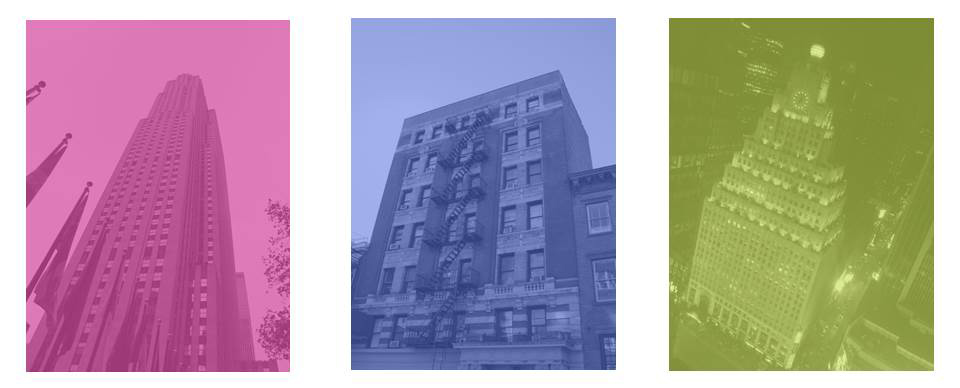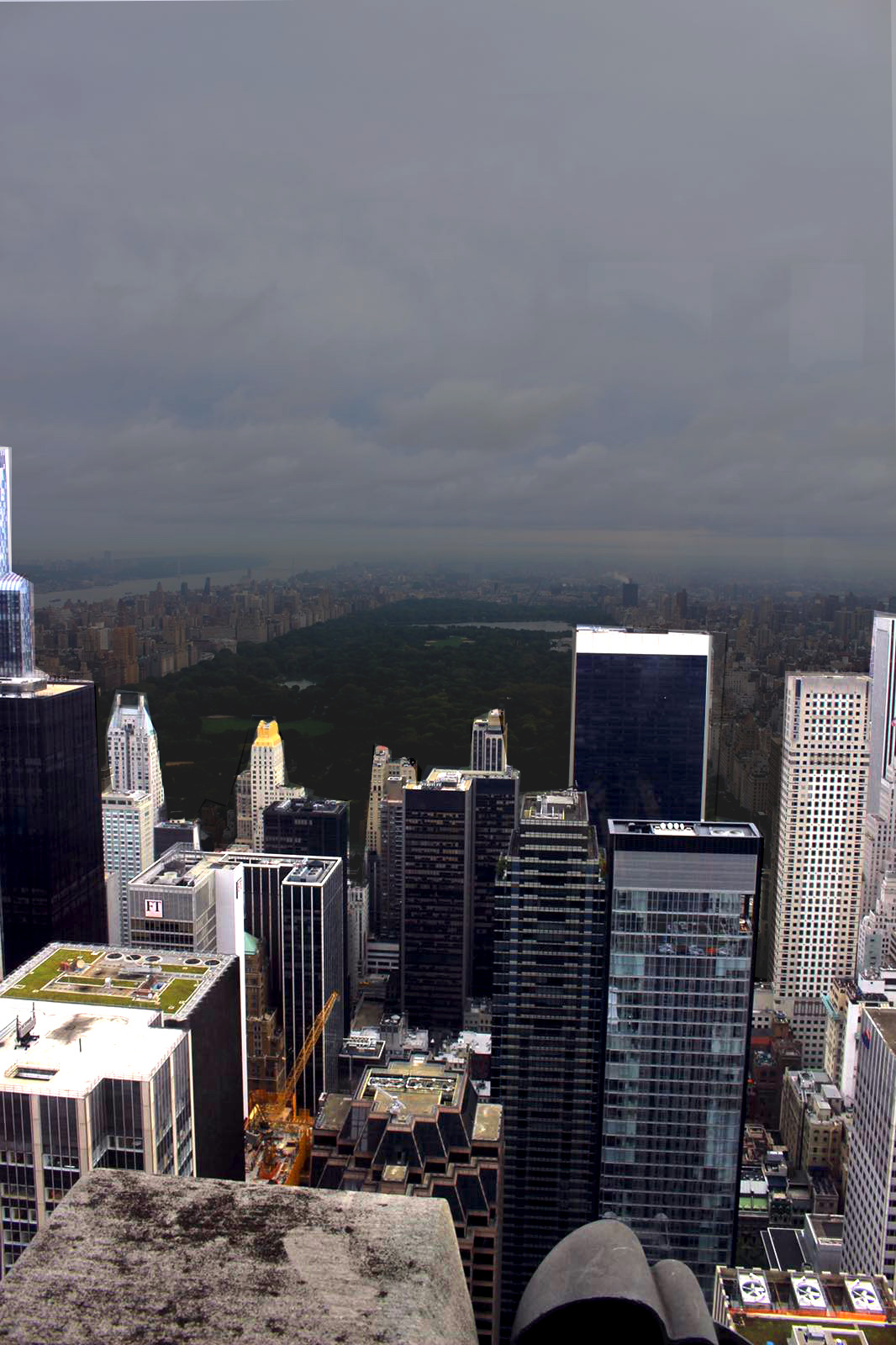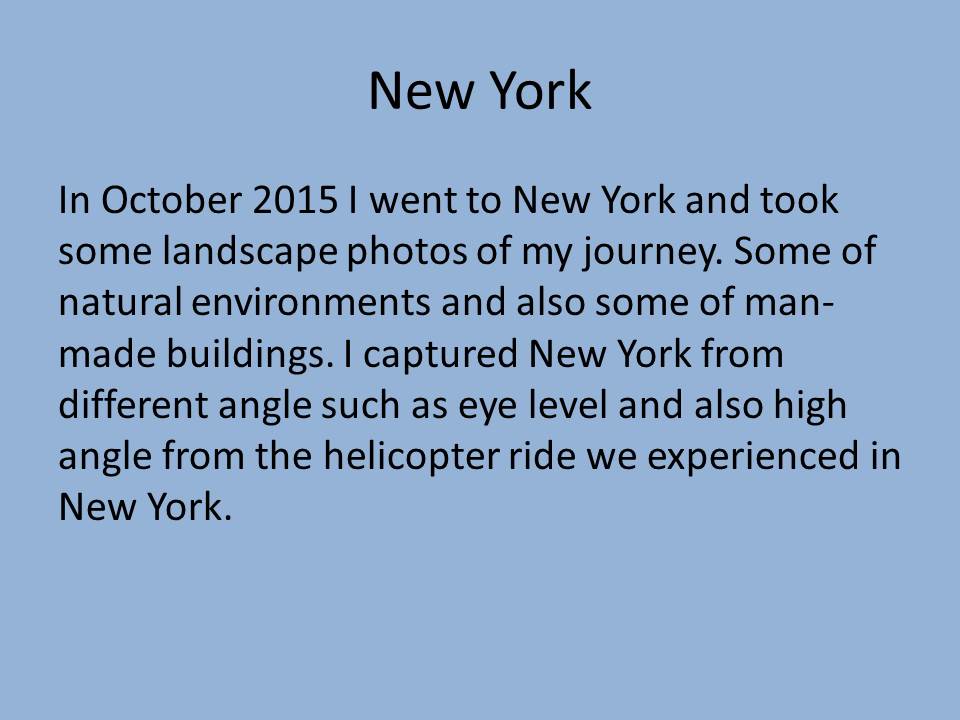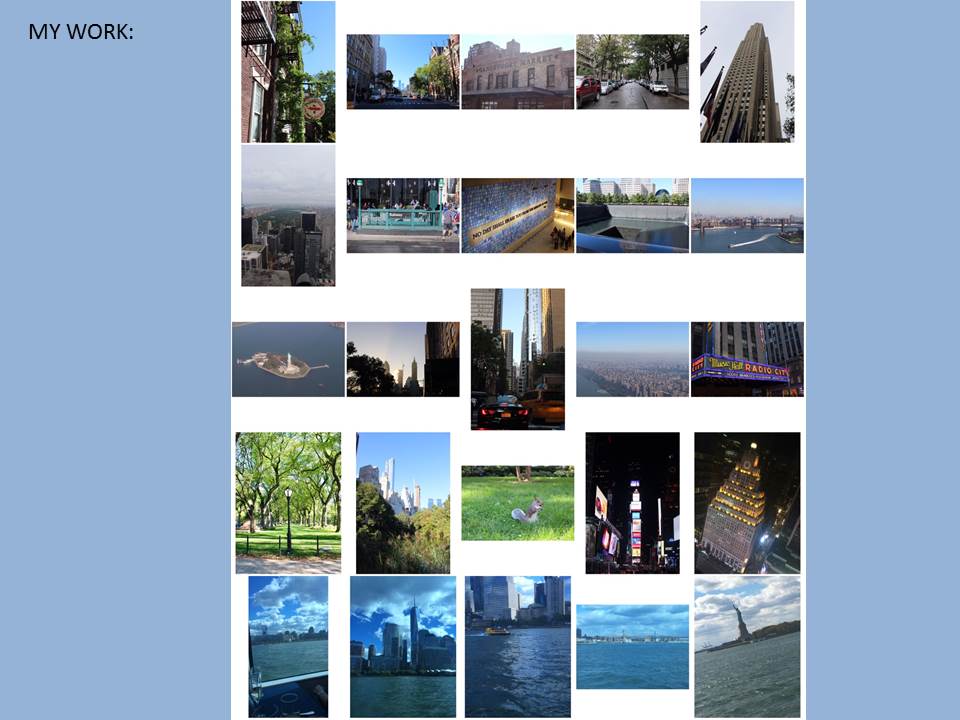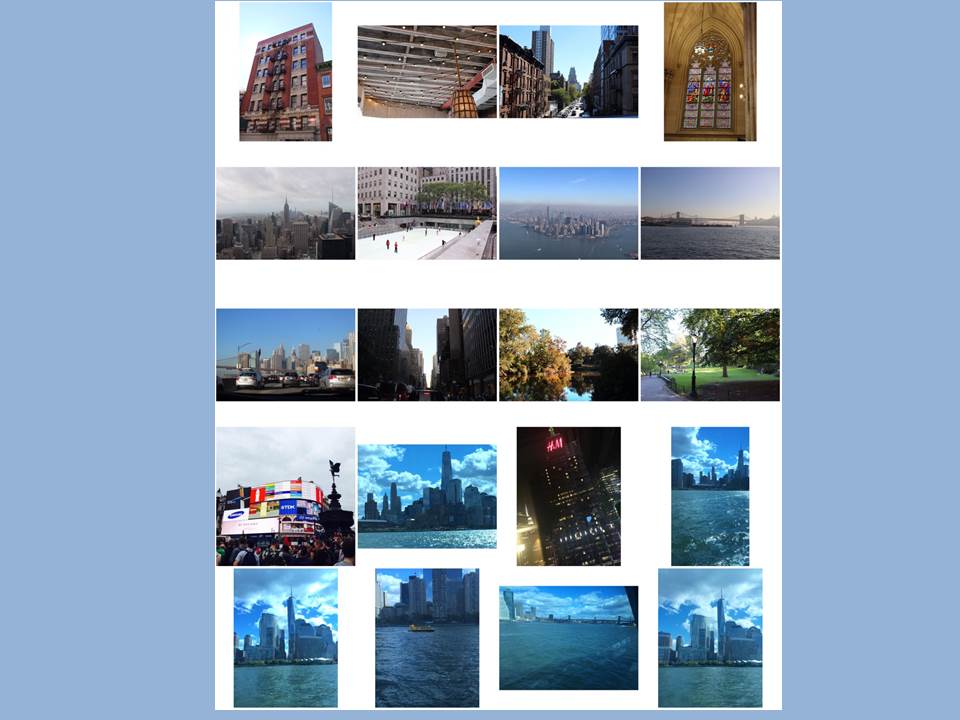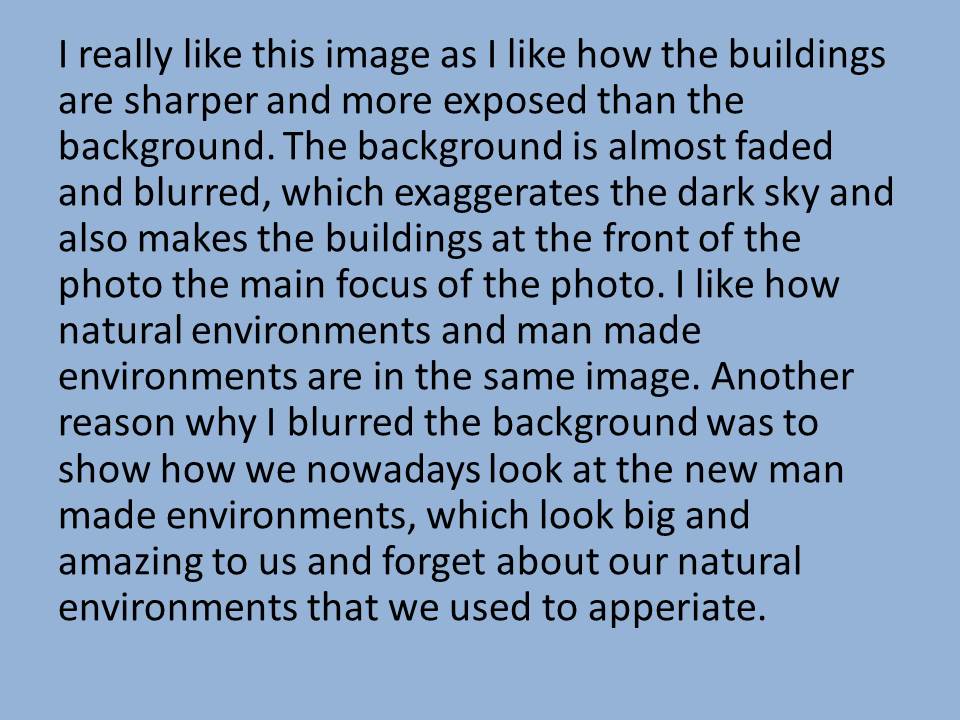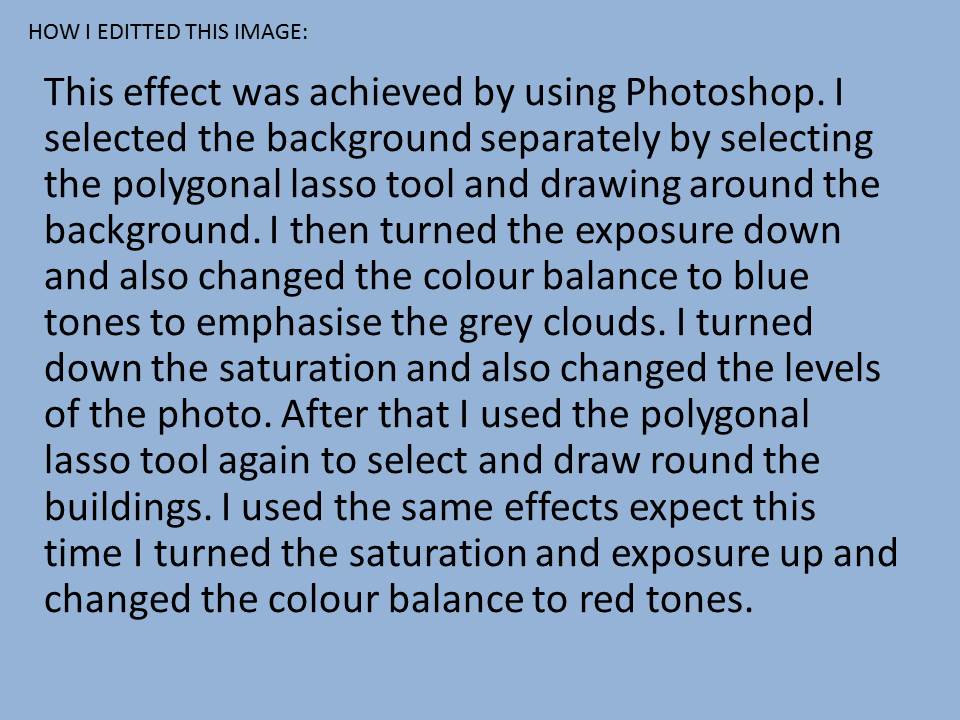Firstly I cropped the photo using the straighten cropped tool to ensure the proportions of the land were the same. This way when the land met it gave a perfect circle. For the pano-spheres I needed to prepare them for the polar filter. I added a new layer and made the height and width the same – 25×25 cm. Then I rotated the image 180 degrees . After this, I applied the polar filter and then rotated my planet according to my liking and I also adjusted the contrast and colors. I particularly like this pano-sphere as in the panoramic, the sun was at a one sided position in the sky meaning the parts of the sky that are interconnecting are darker and brighter. I particularly like this because as to me personally, it represents a clock as you go around and it starts off light, getting darker as you go through the day. For some pano-spheres I blended the seams together using the clone too. Unfortunately it proved messy to do on some where both ends of the photograph were too different and so I had to leave them how the were.
I did this because I wanted to express my theme of abstract and surrealism. Interestingly I chose to focus heavily on the surreal beauty of these pano-spheres. I believe that these edits appear almost appear as planets, with the objects within them appearing as if they make the planets up. This is interesting to me because it displays a sense of how the planets appear quite abstract with the various objects in the photograph standing out as slightly abnormal. I believe the surrealism and abstraction in these edits work well together because the abstraction appears with the colors and shapes generated from these edits and the surrealism is the fact that they appear very strange in the sense that one panoramic appears to of made a planet-like shape.


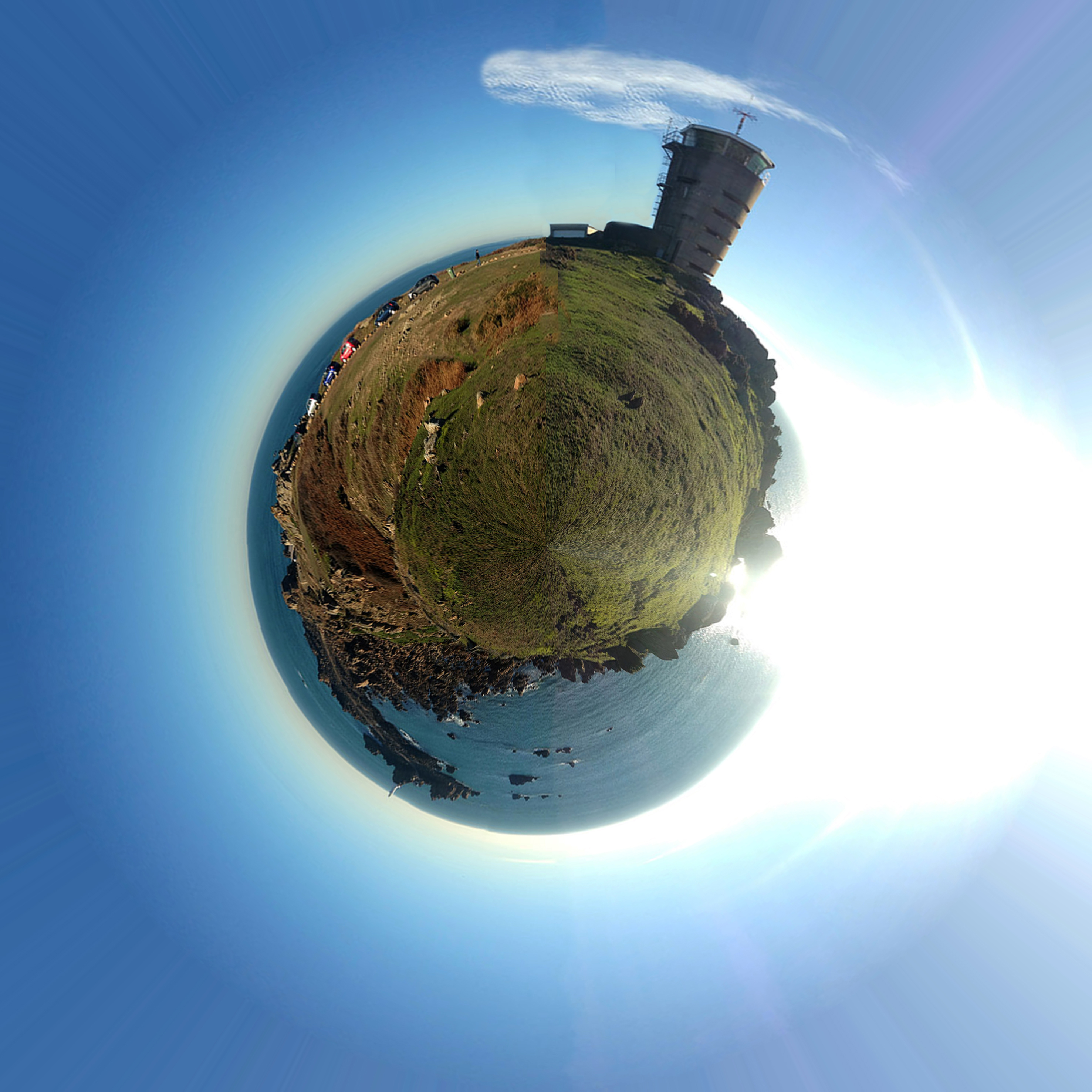
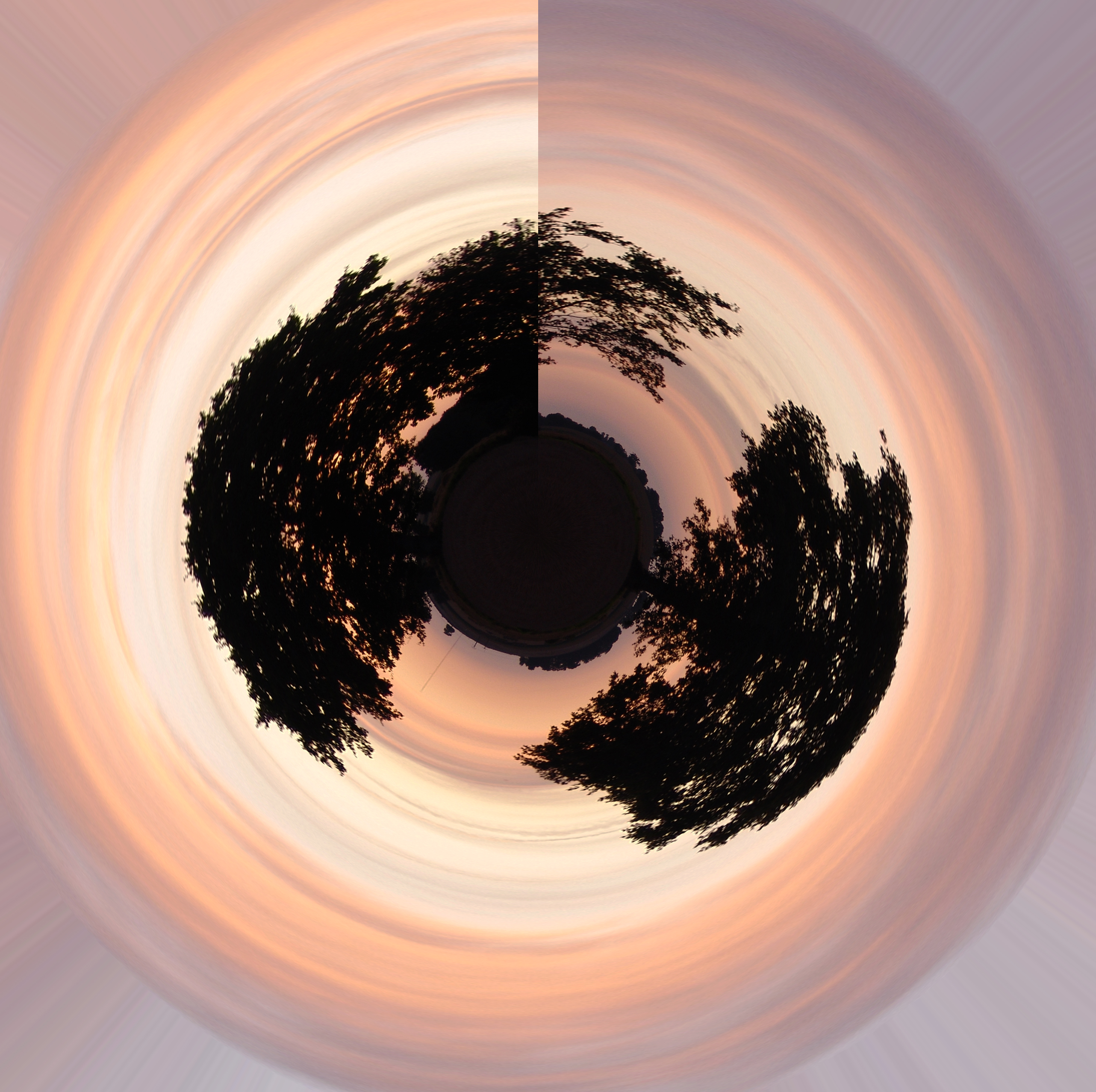
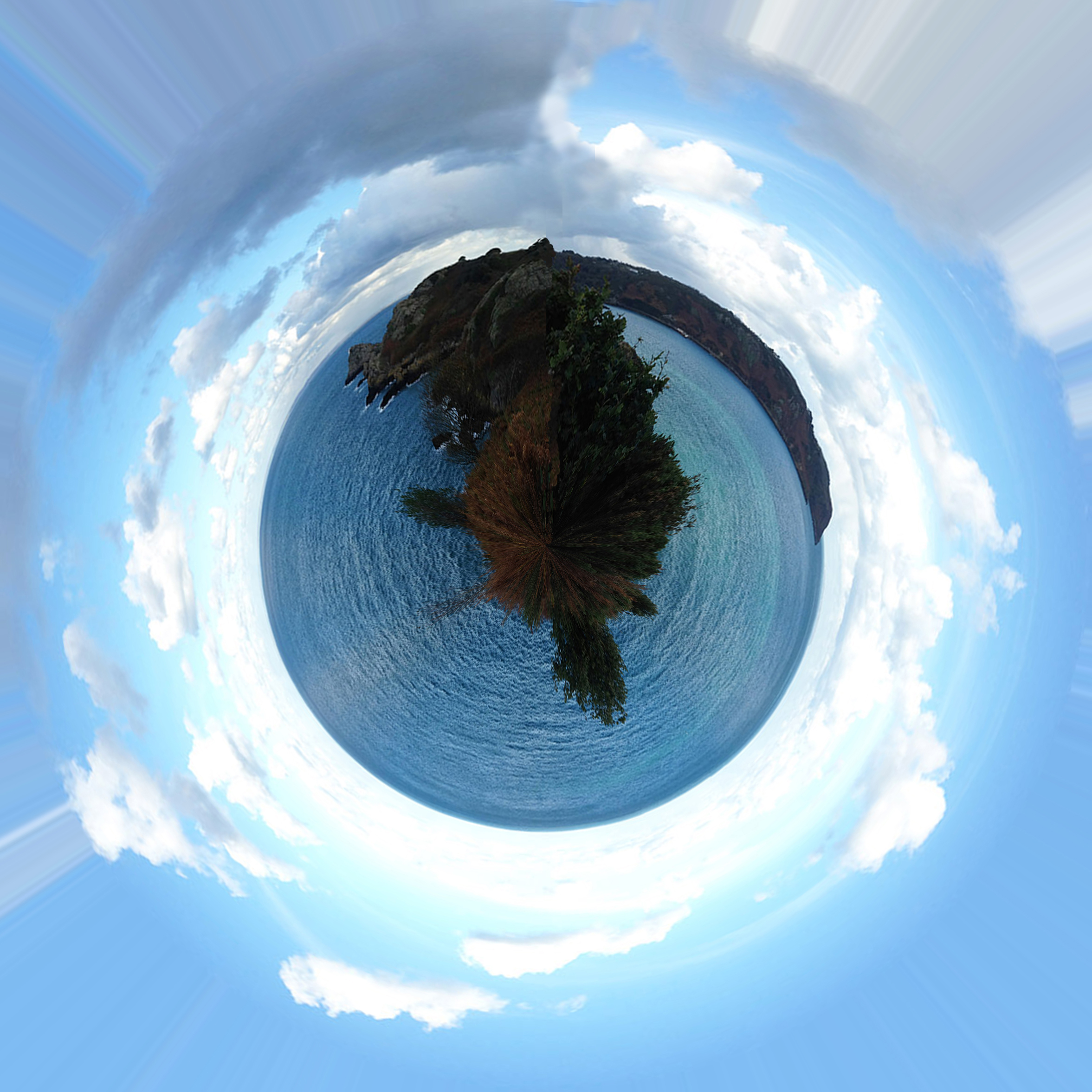
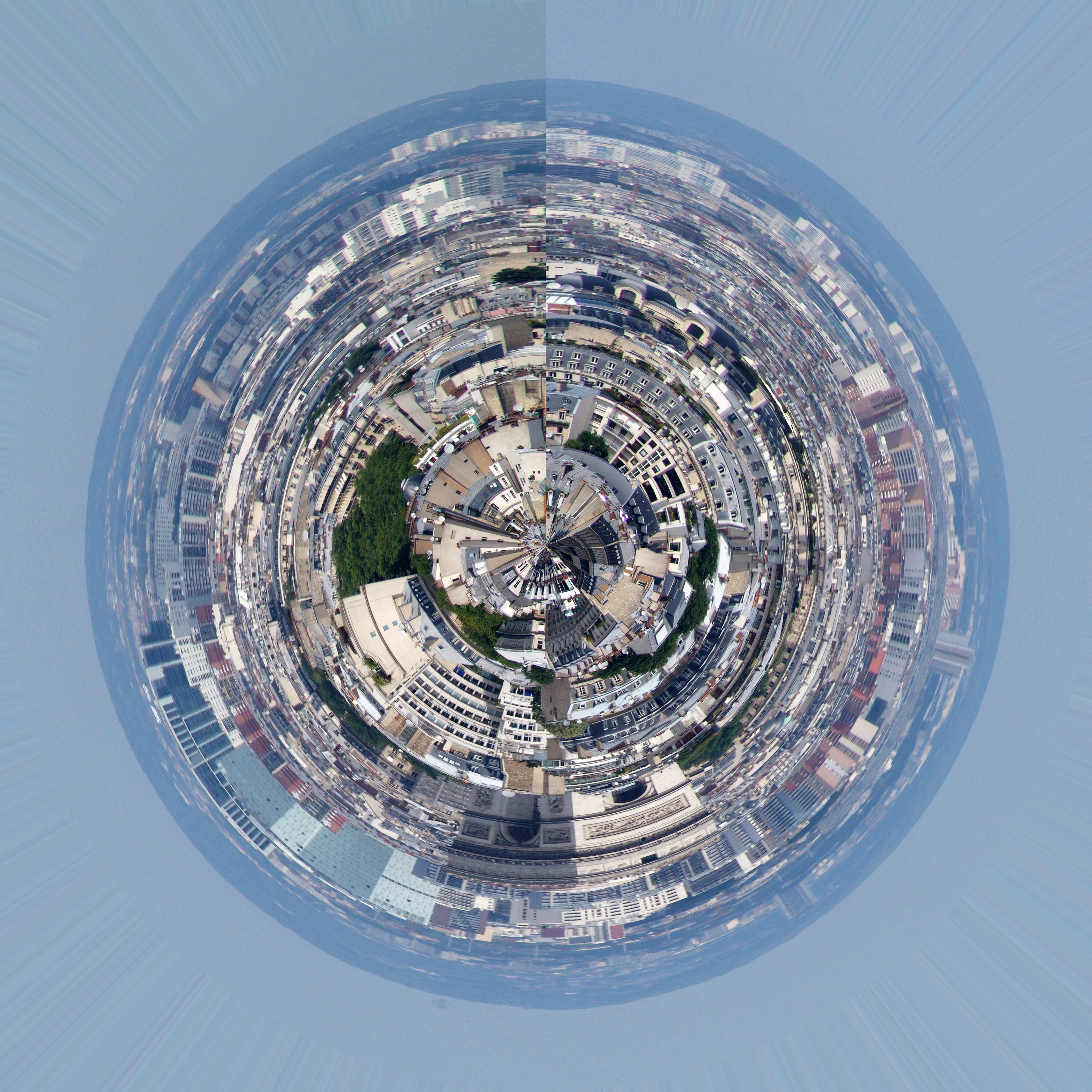
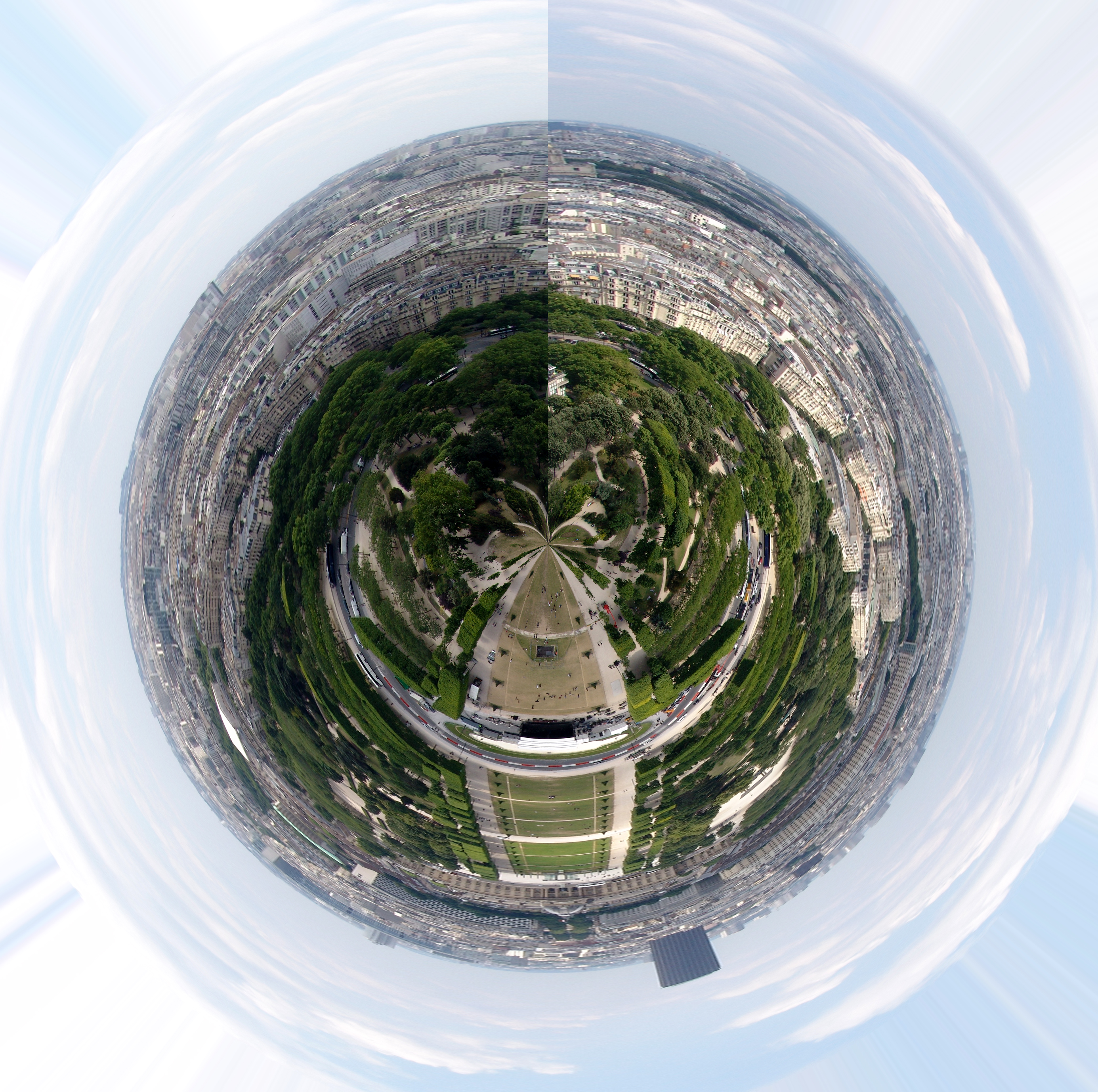
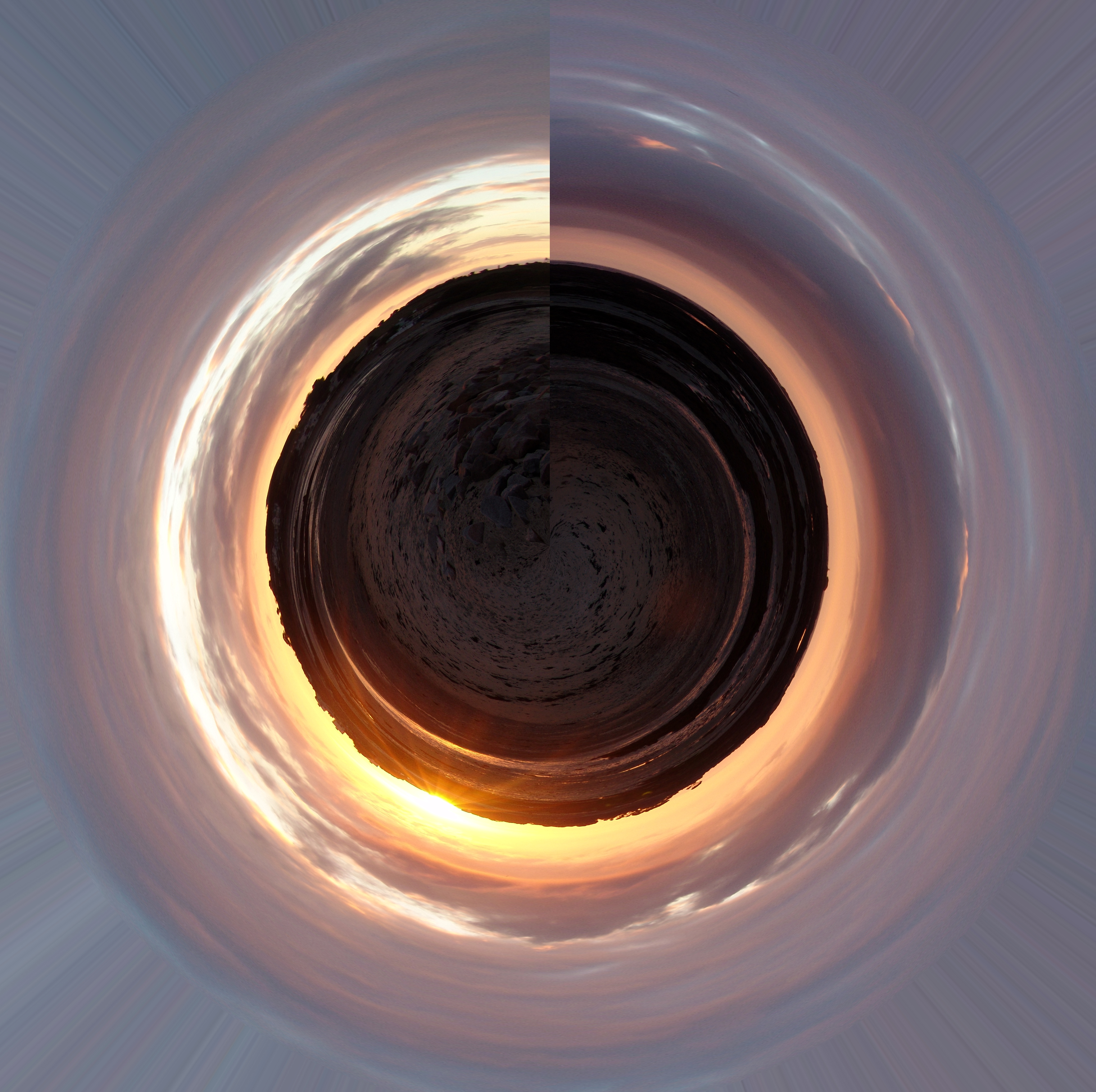

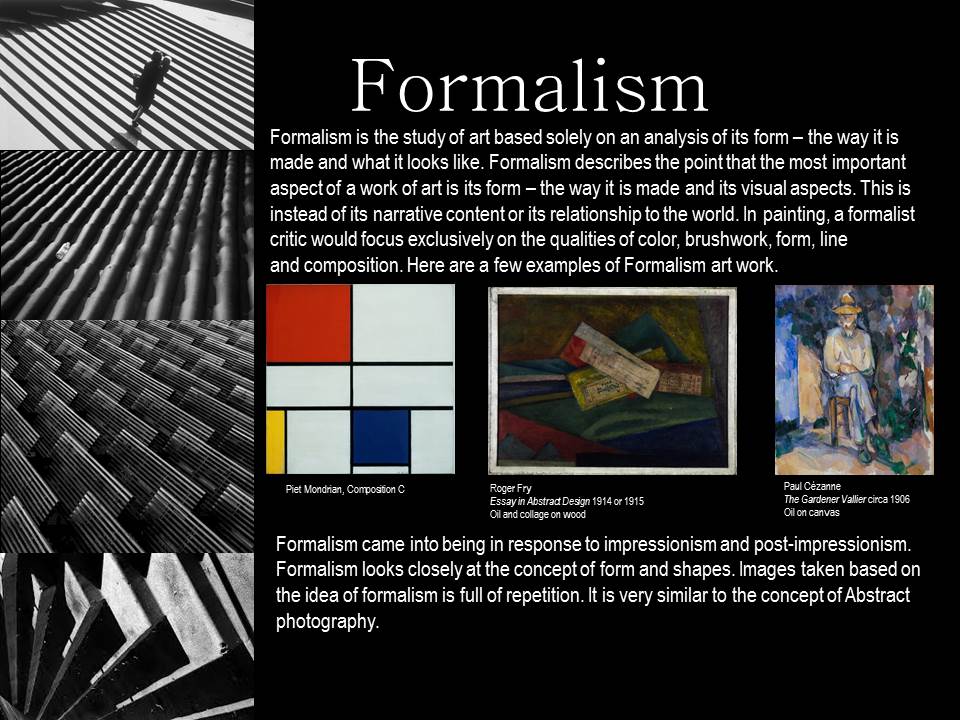
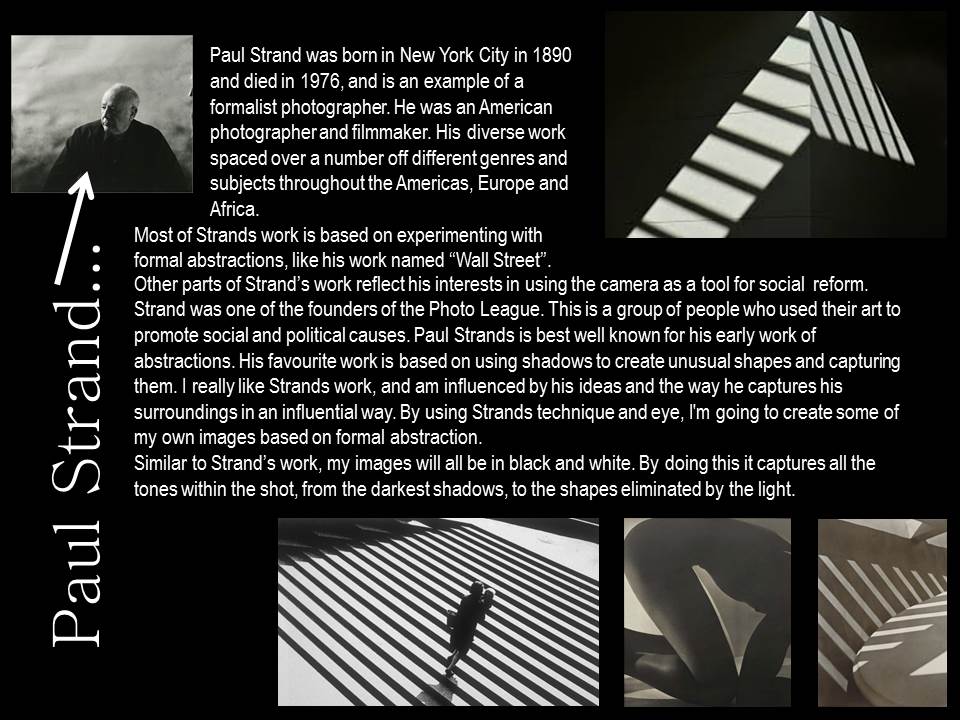

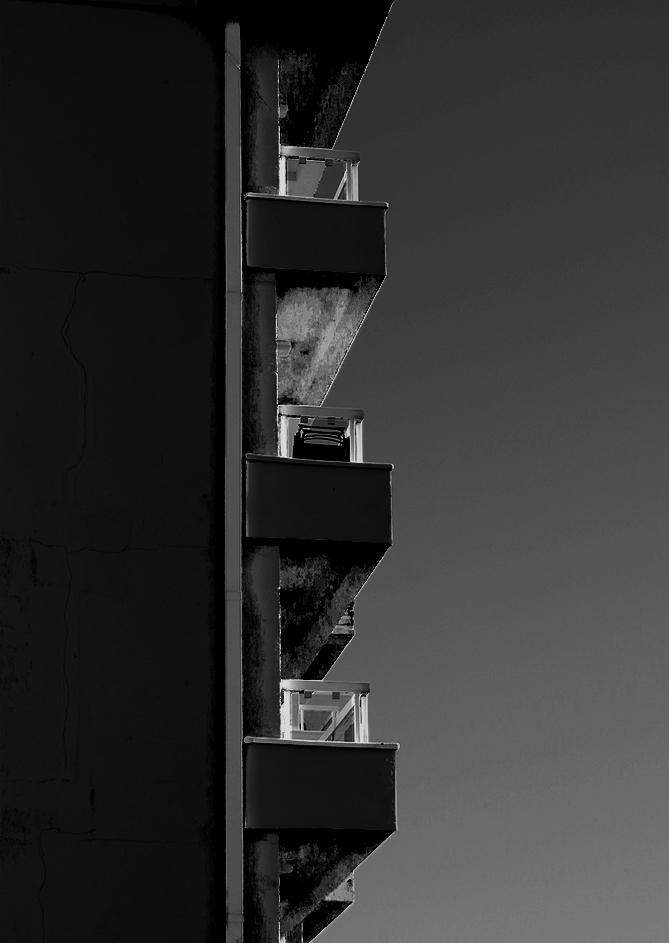





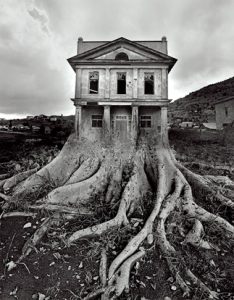
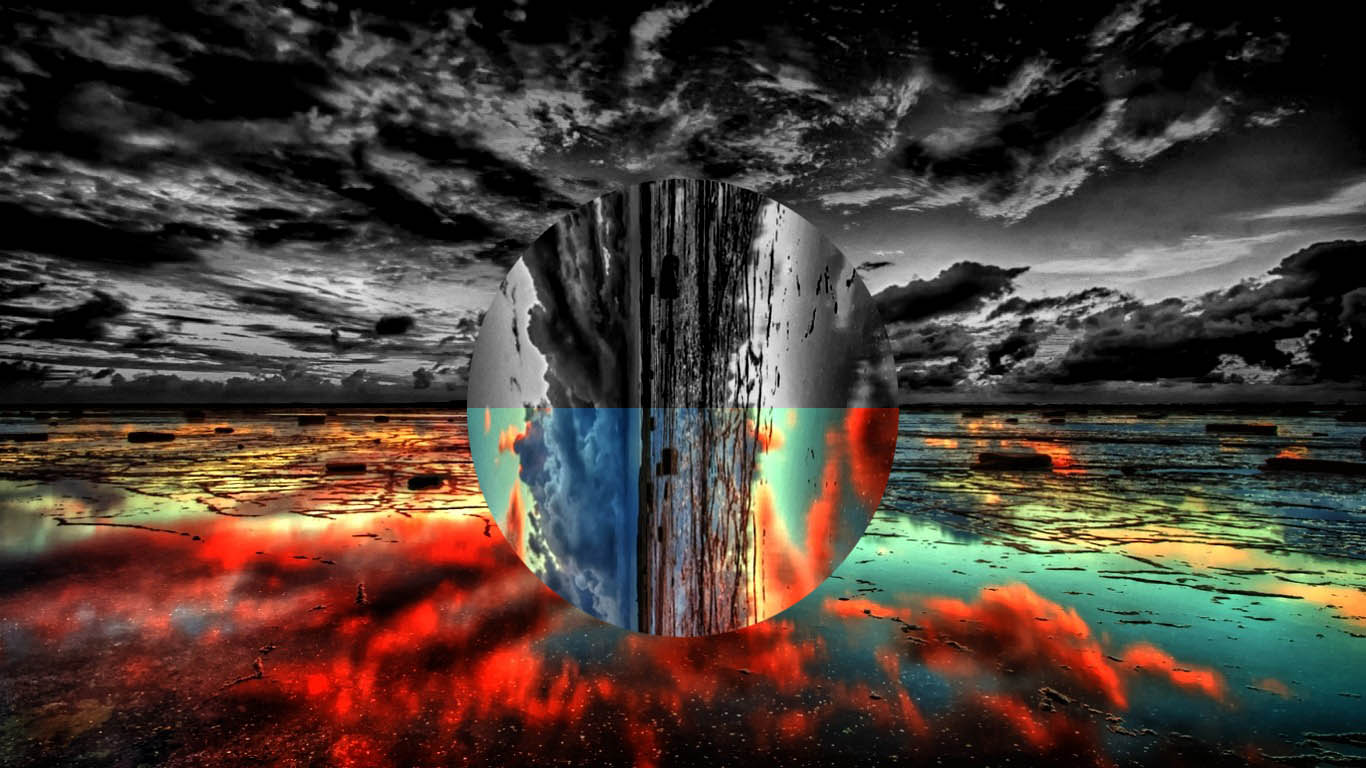
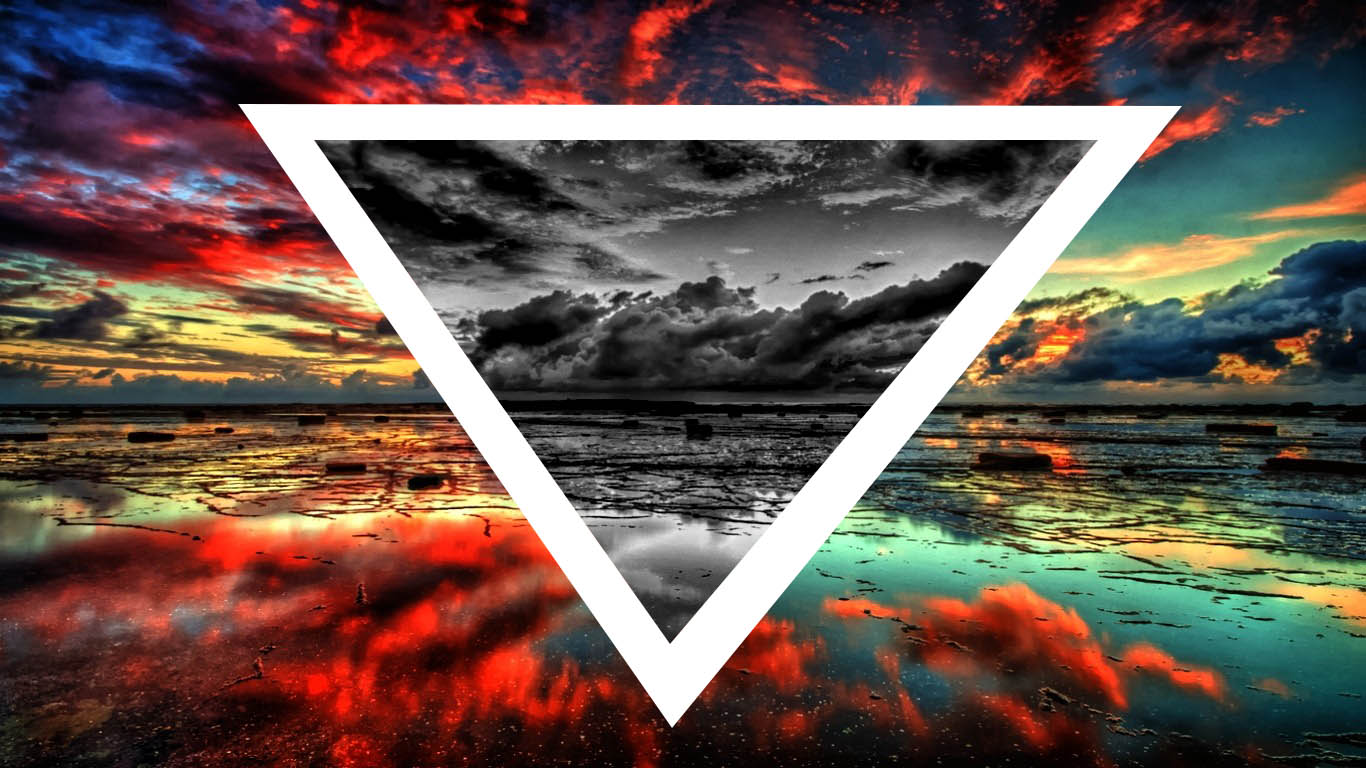
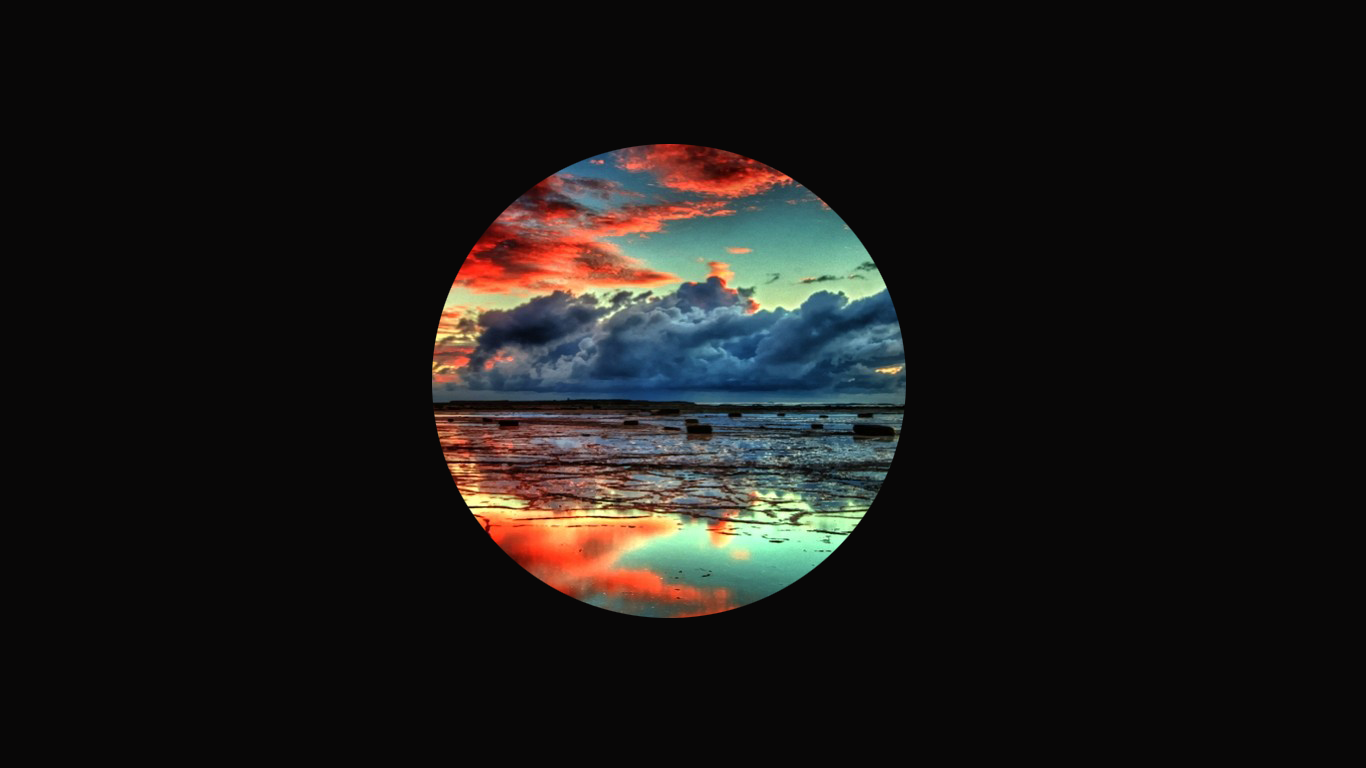
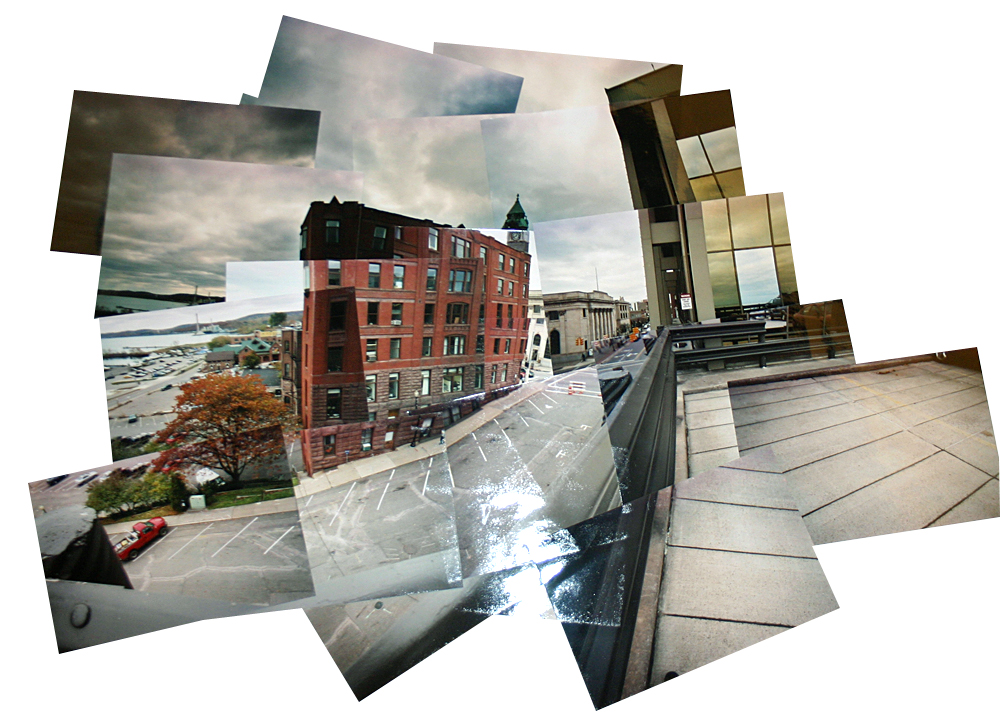
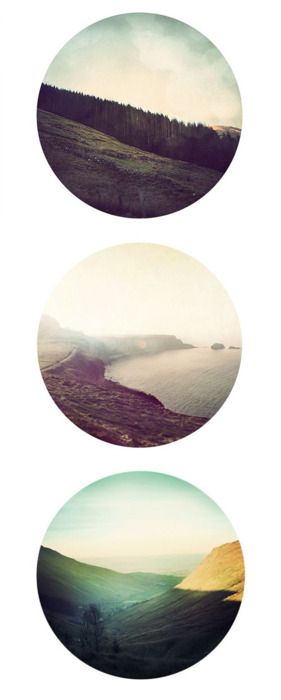
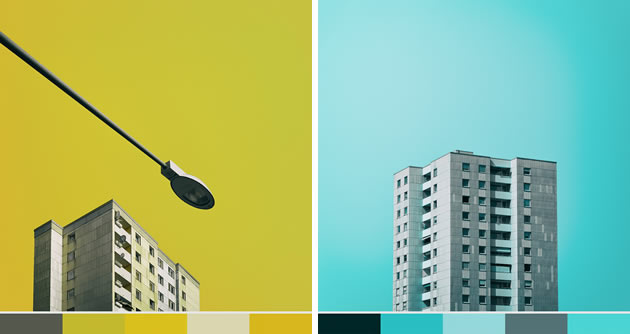

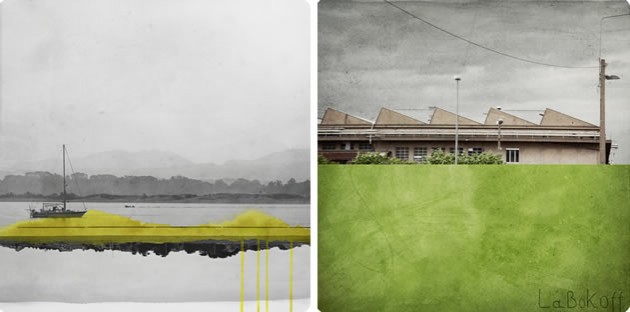
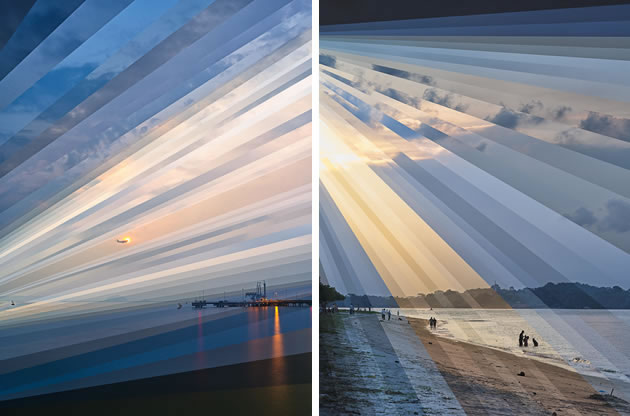
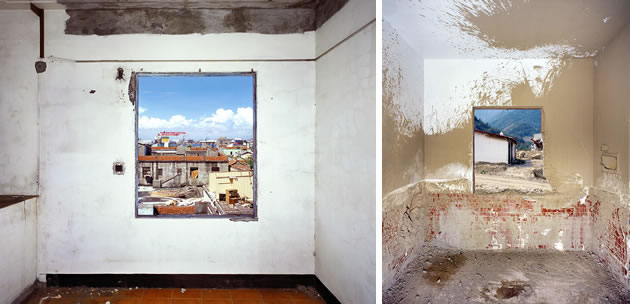
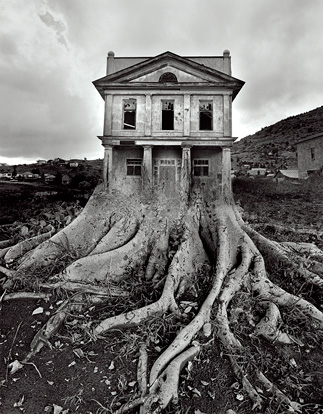
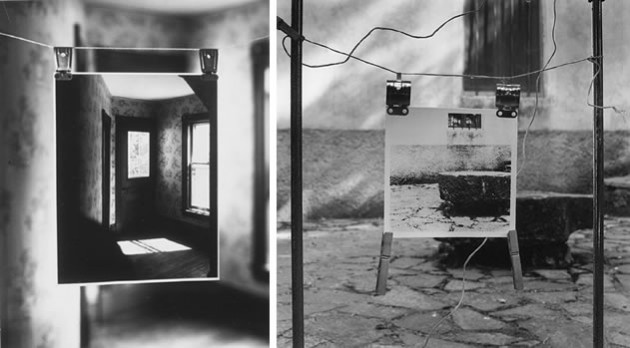
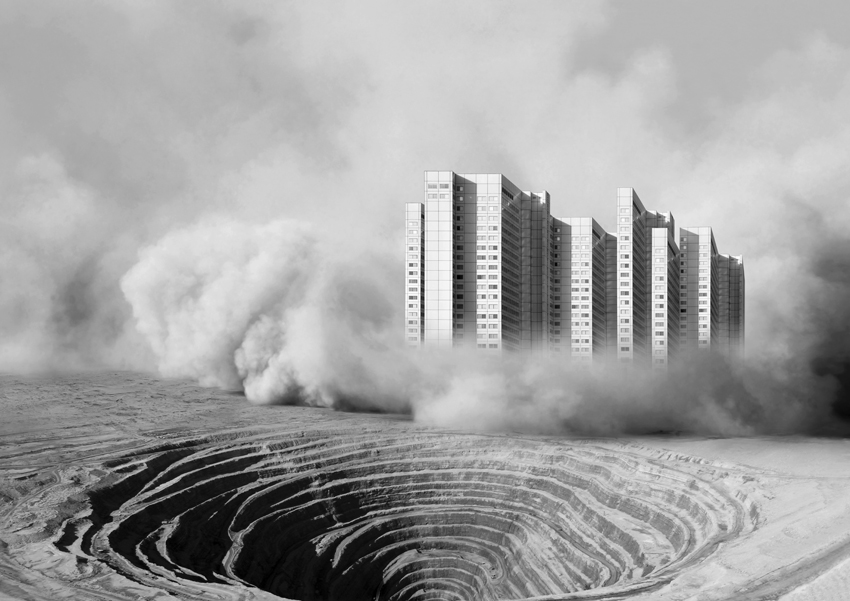
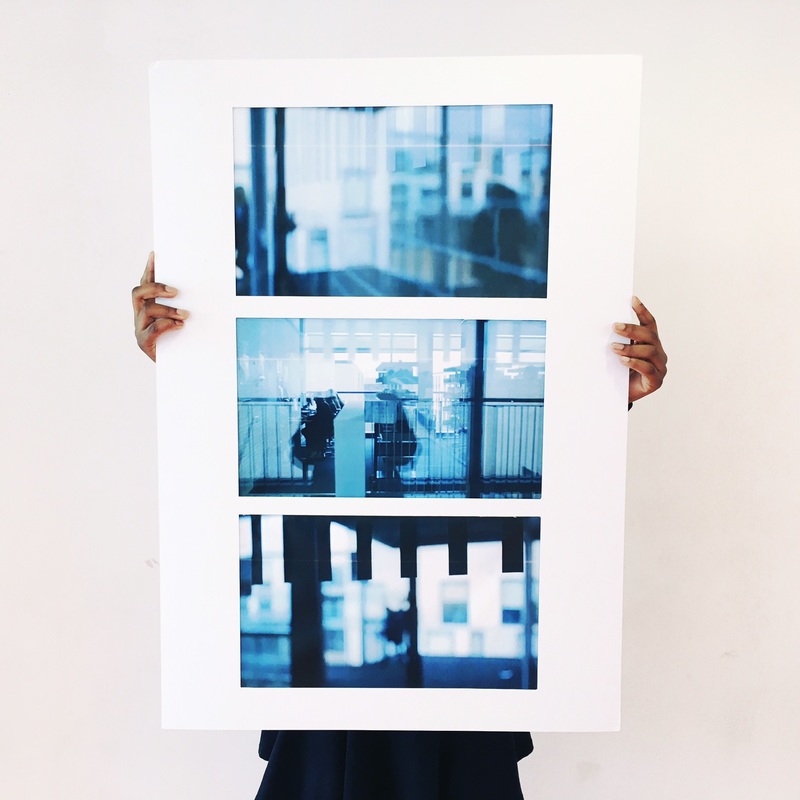
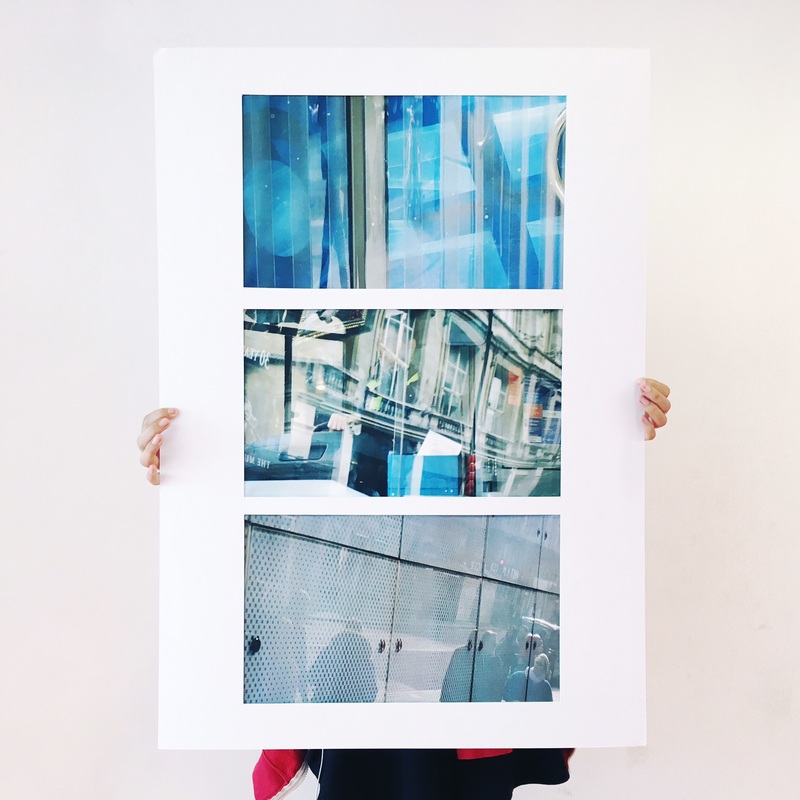
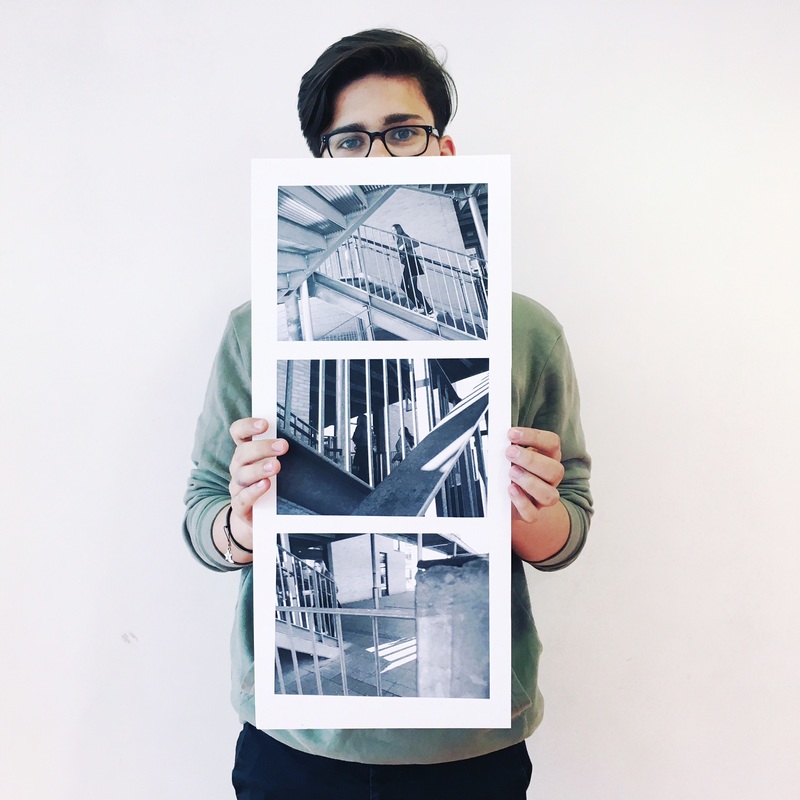

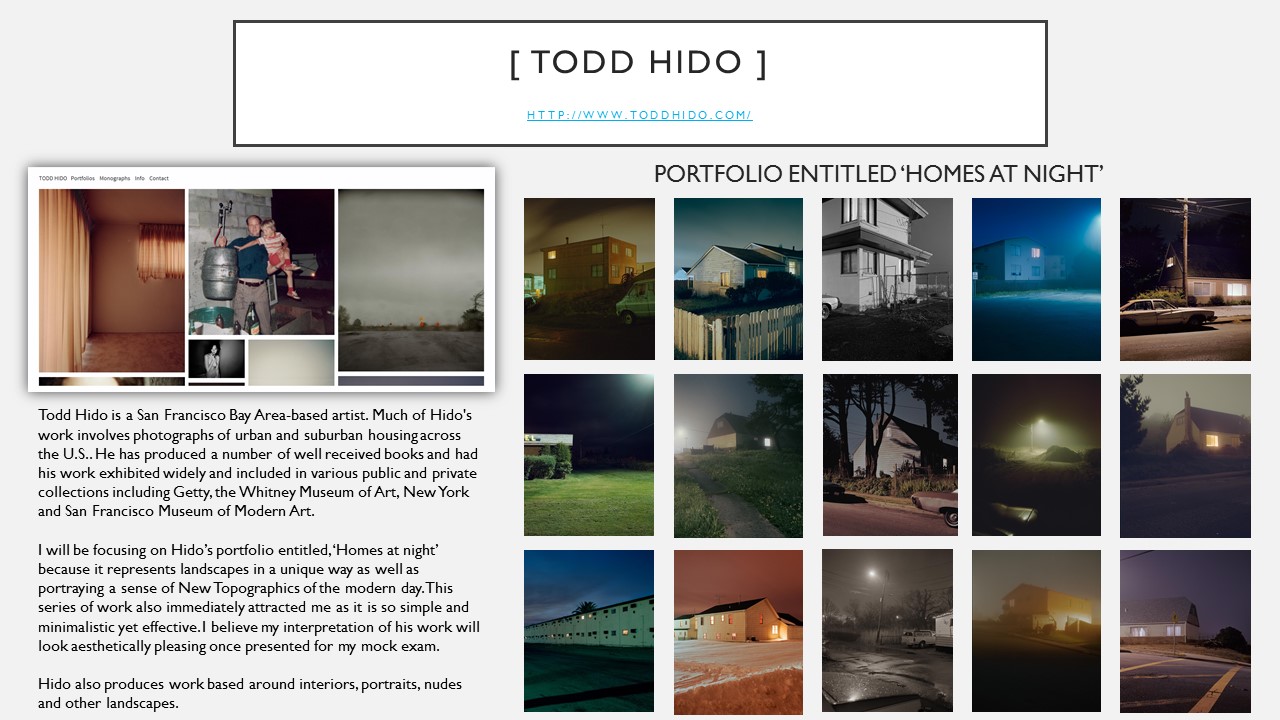

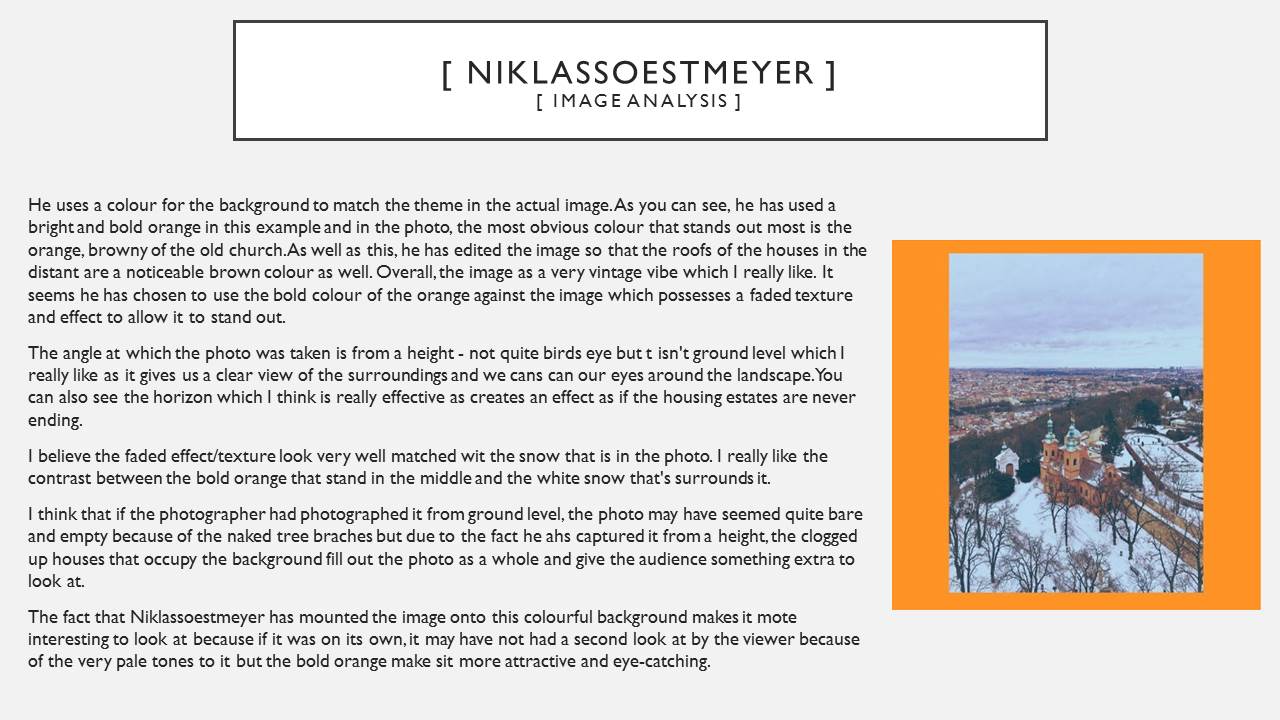
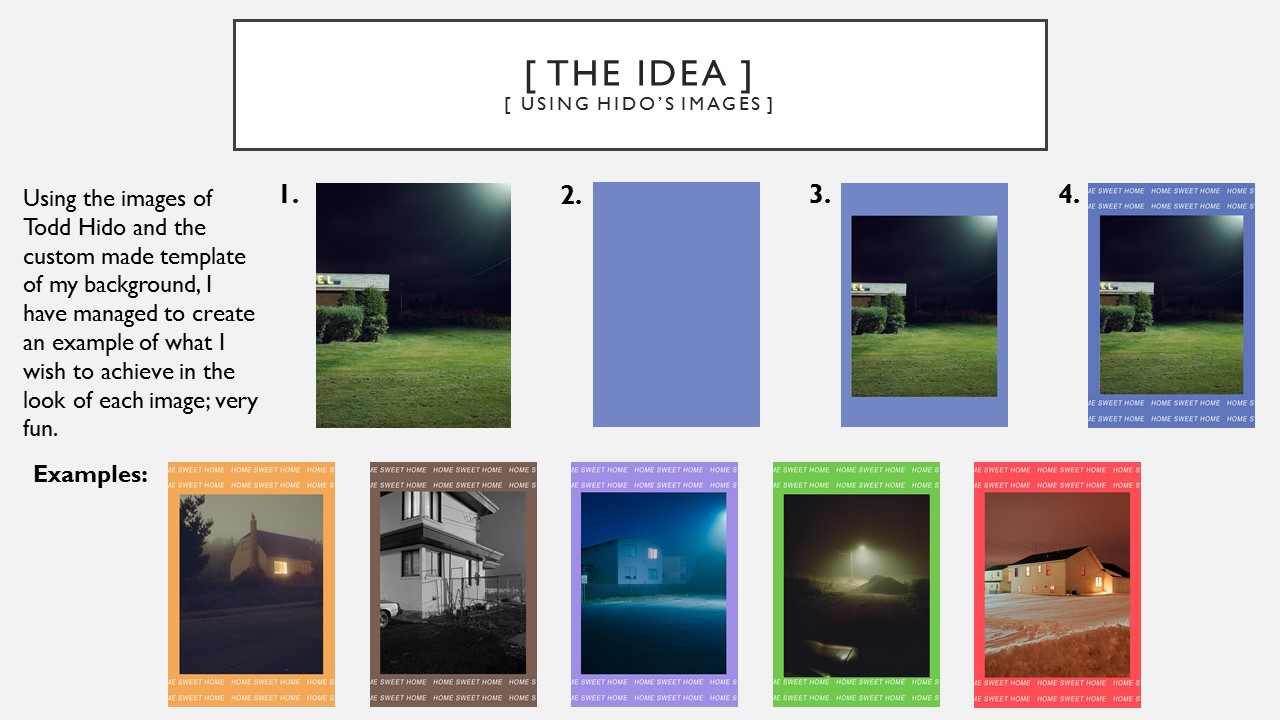



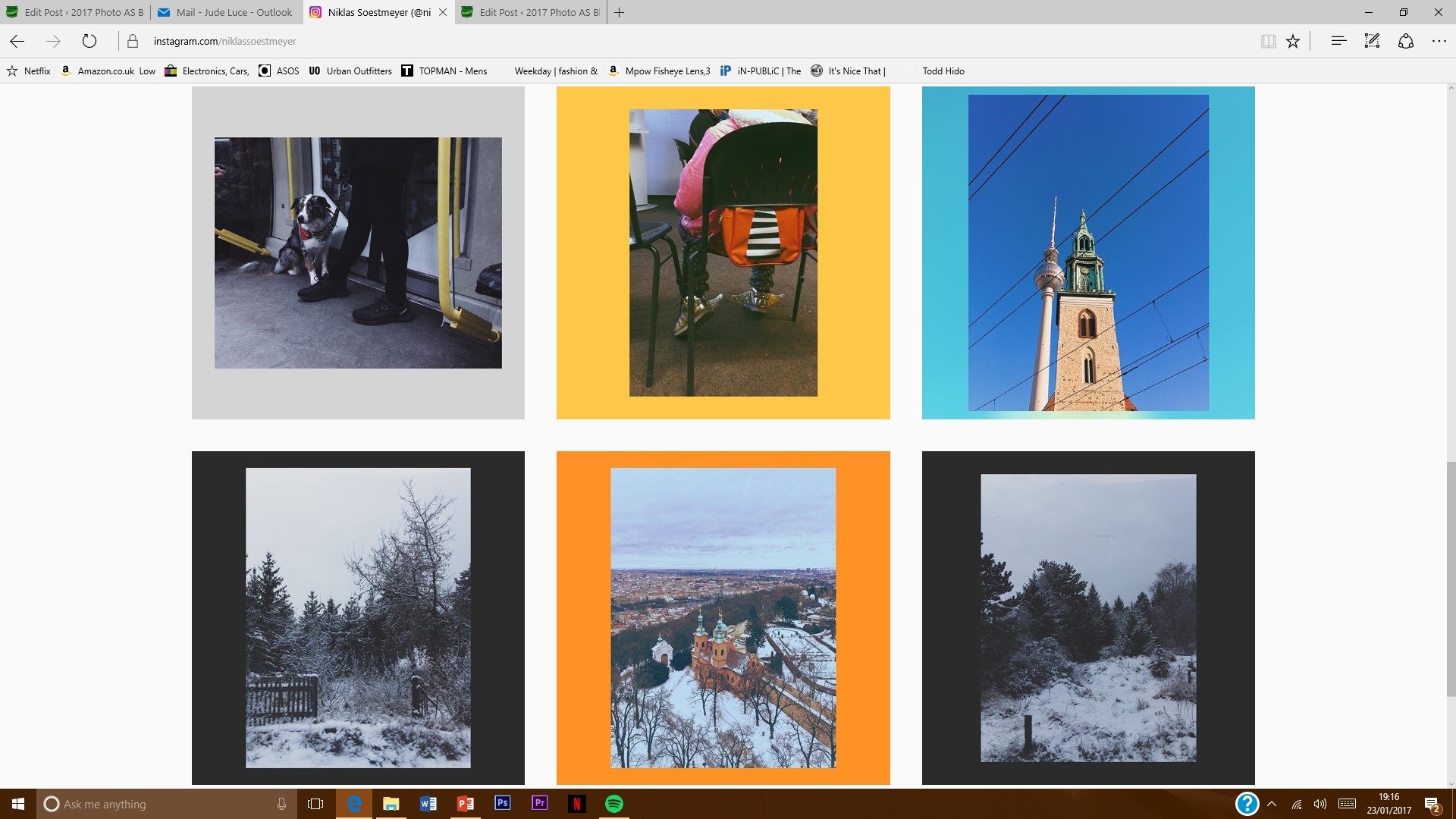
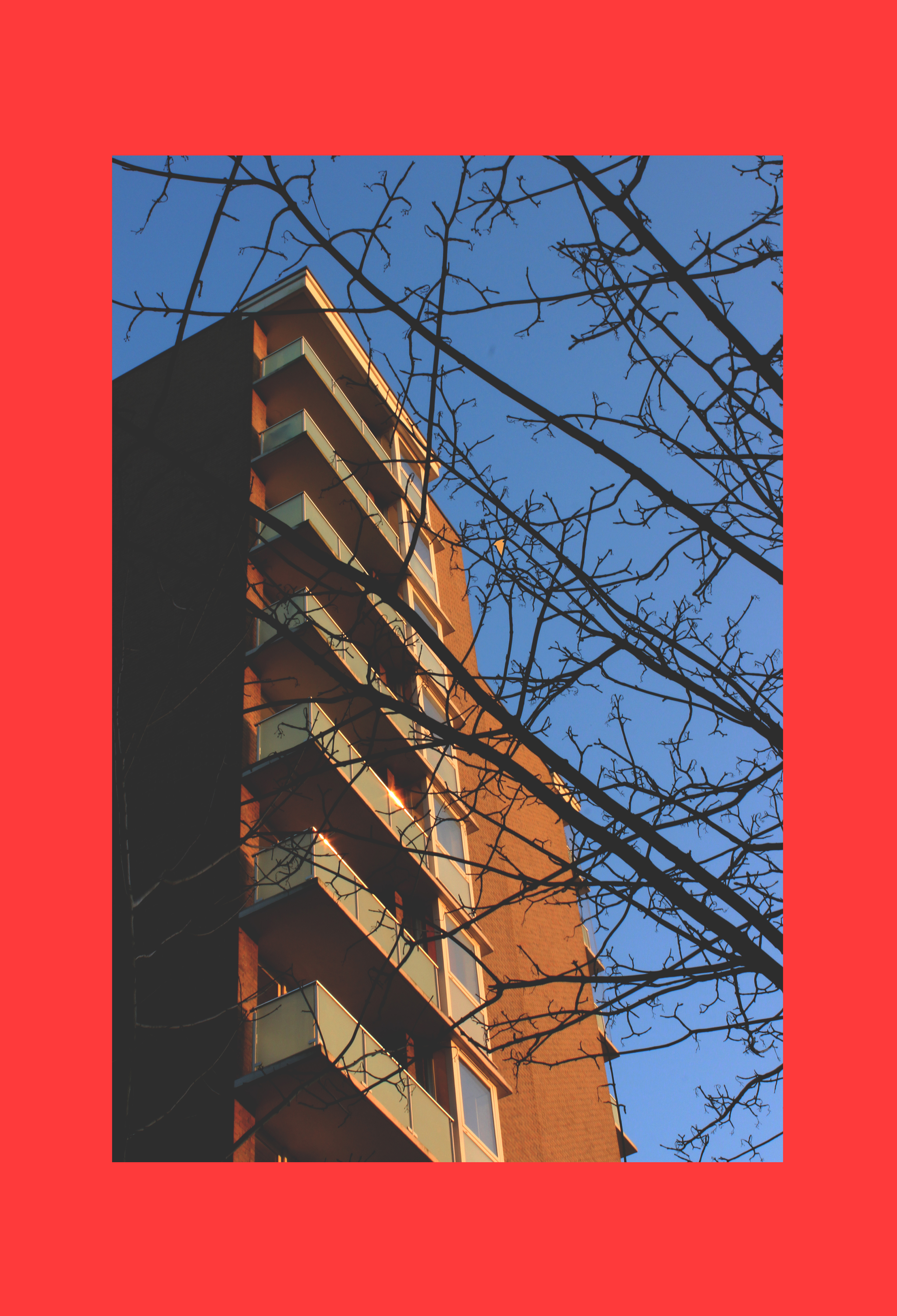
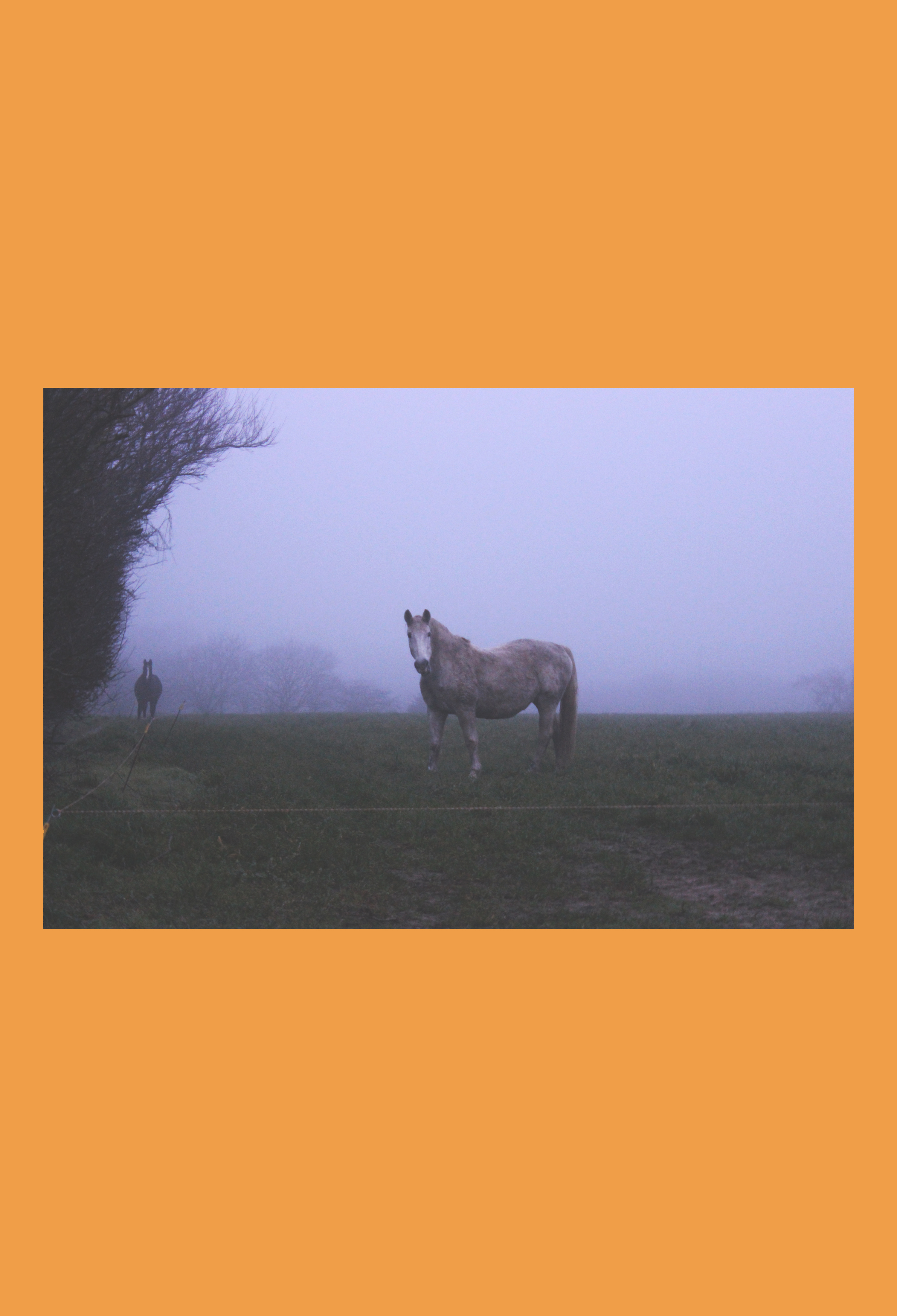

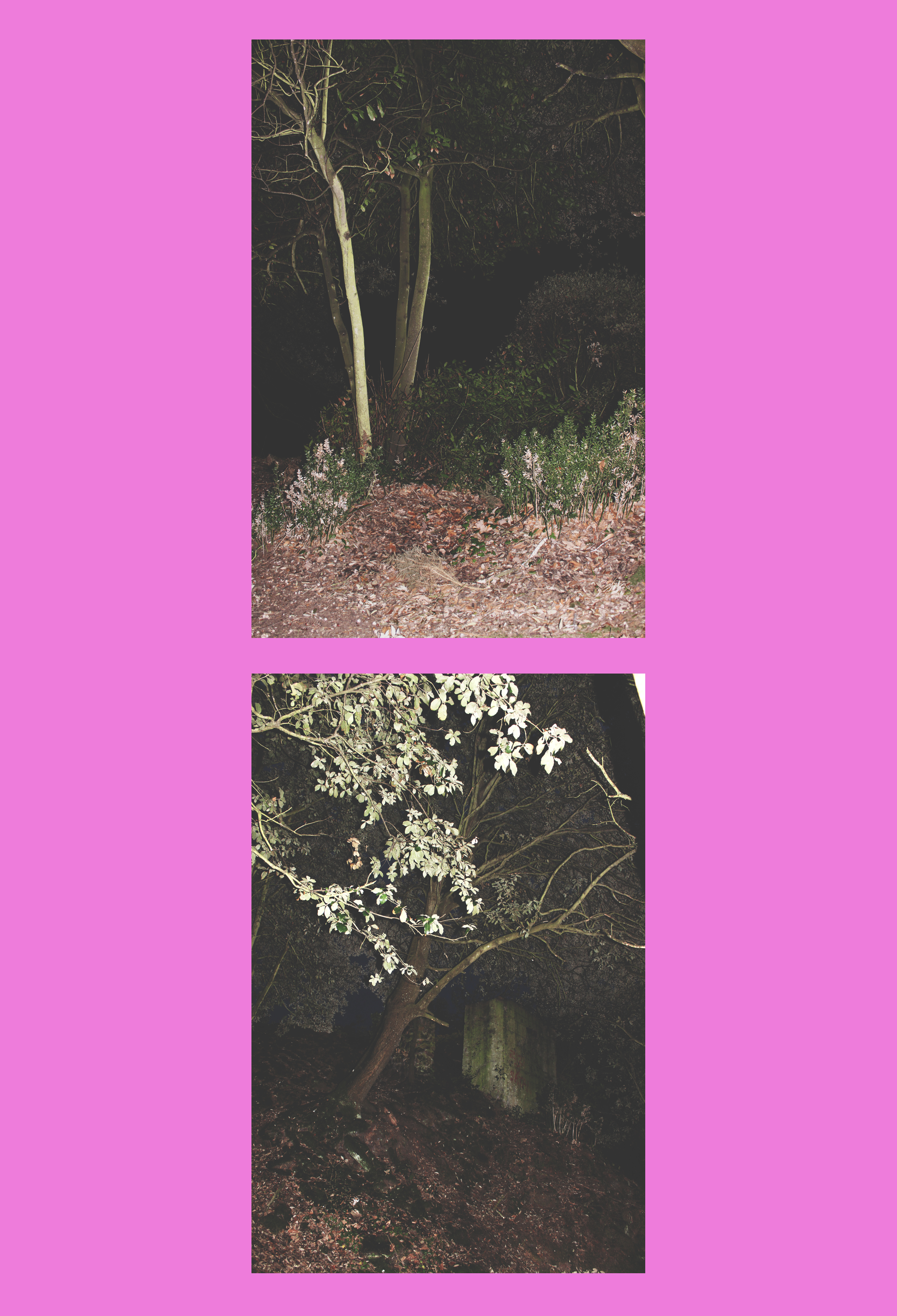 When I discovered Niklassoestmeyer on Instagram, I followed him immediately because I was instantly attracted to the bright colours he uses as background. I jus thought it was so simple and minimalistic yet effective. As well as this, the images he uses are mostly landscapes photos which are really aesthetically pleasing and have quite a vintage look to them which I really like and they are paired with the background colour very carefully as he picks out the tonal theme that is in the photo then creates a colour based on this.
When I discovered Niklassoestmeyer on Instagram, I followed him immediately because I was instantly attracted to the bright colours he uses as background. I jus thought it was so simple and minimalistic yet effective. As well as this, the images he uses are mostly landscapes photos which are really aesthetically pleasing and have quite a vintage look to them which I really like and they are paired with the background colour very carefully as he picks out the tonal theme that is in the photo then creates a colour based on this. I have picked out this image of Niklassoestmeyer’s to discuss because it is my favourite of his.
I have picked out this image of Niklassoestmeyer’s to discuss because it is my favourite of his.



